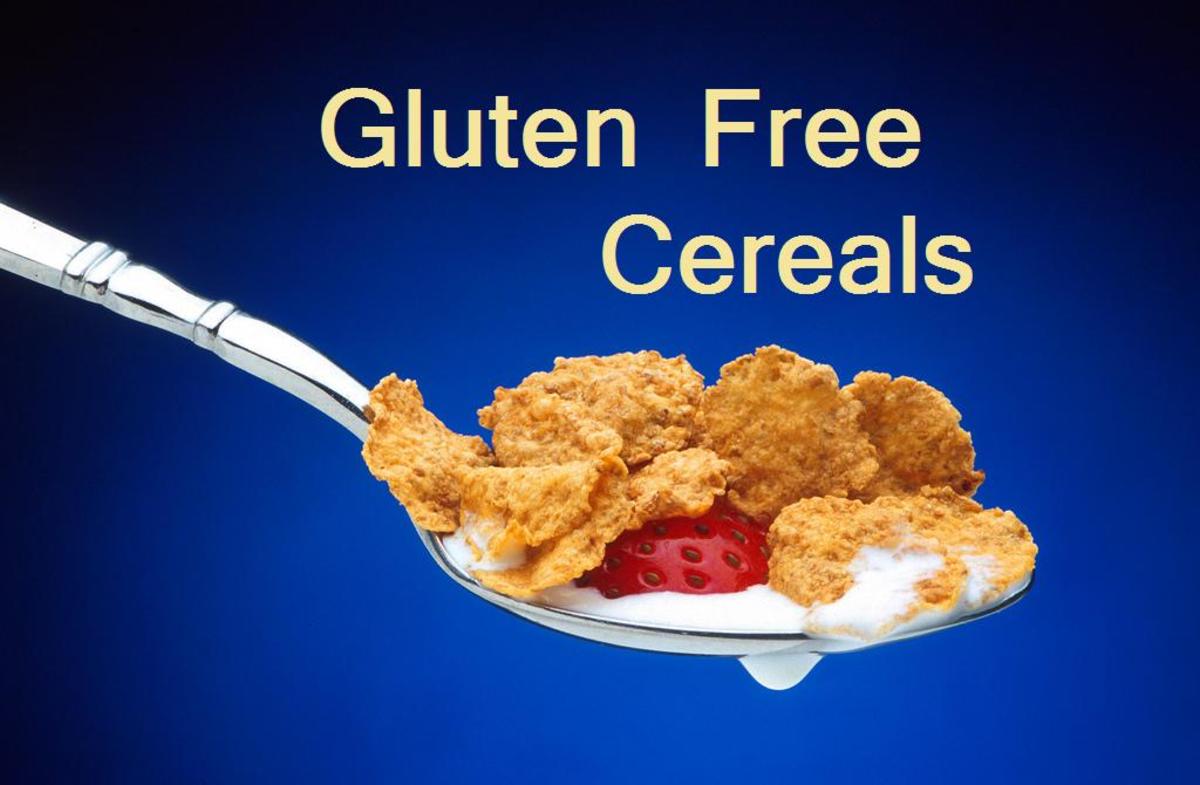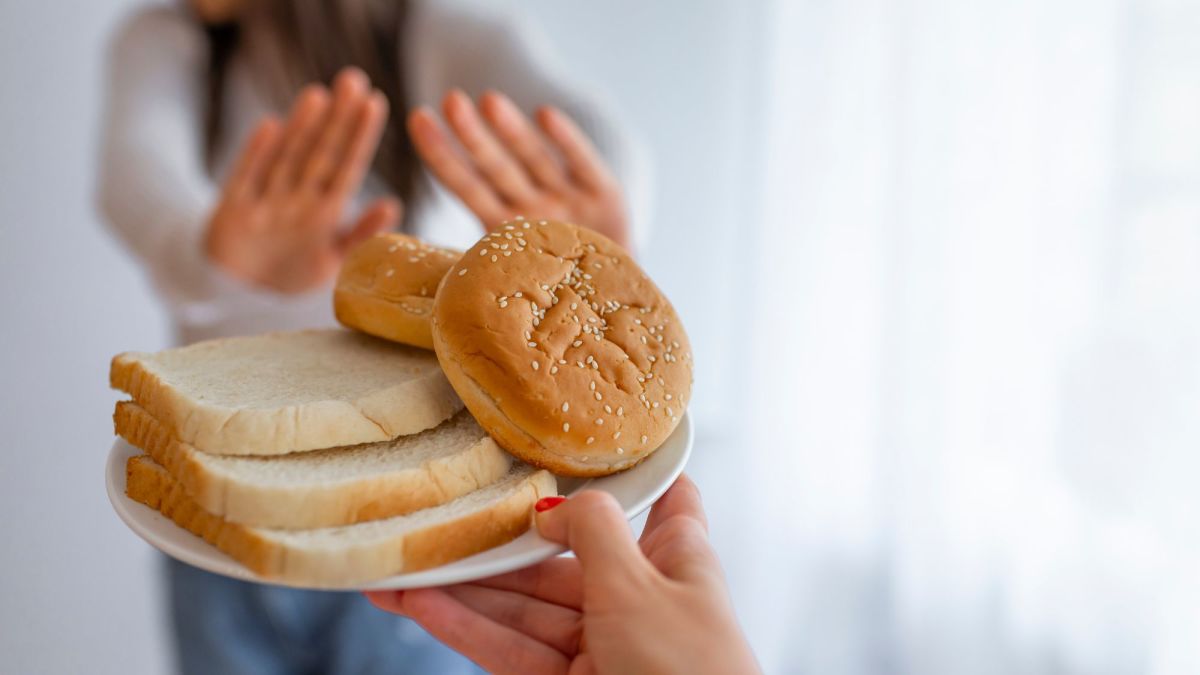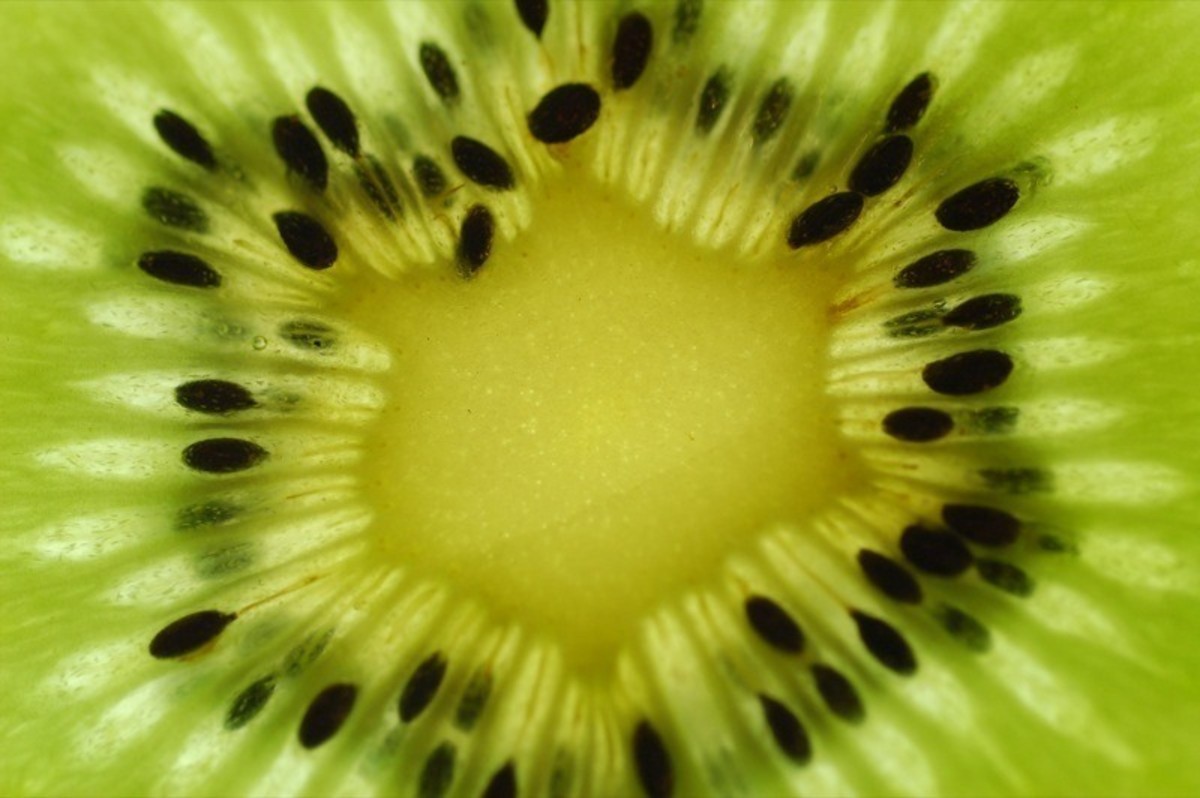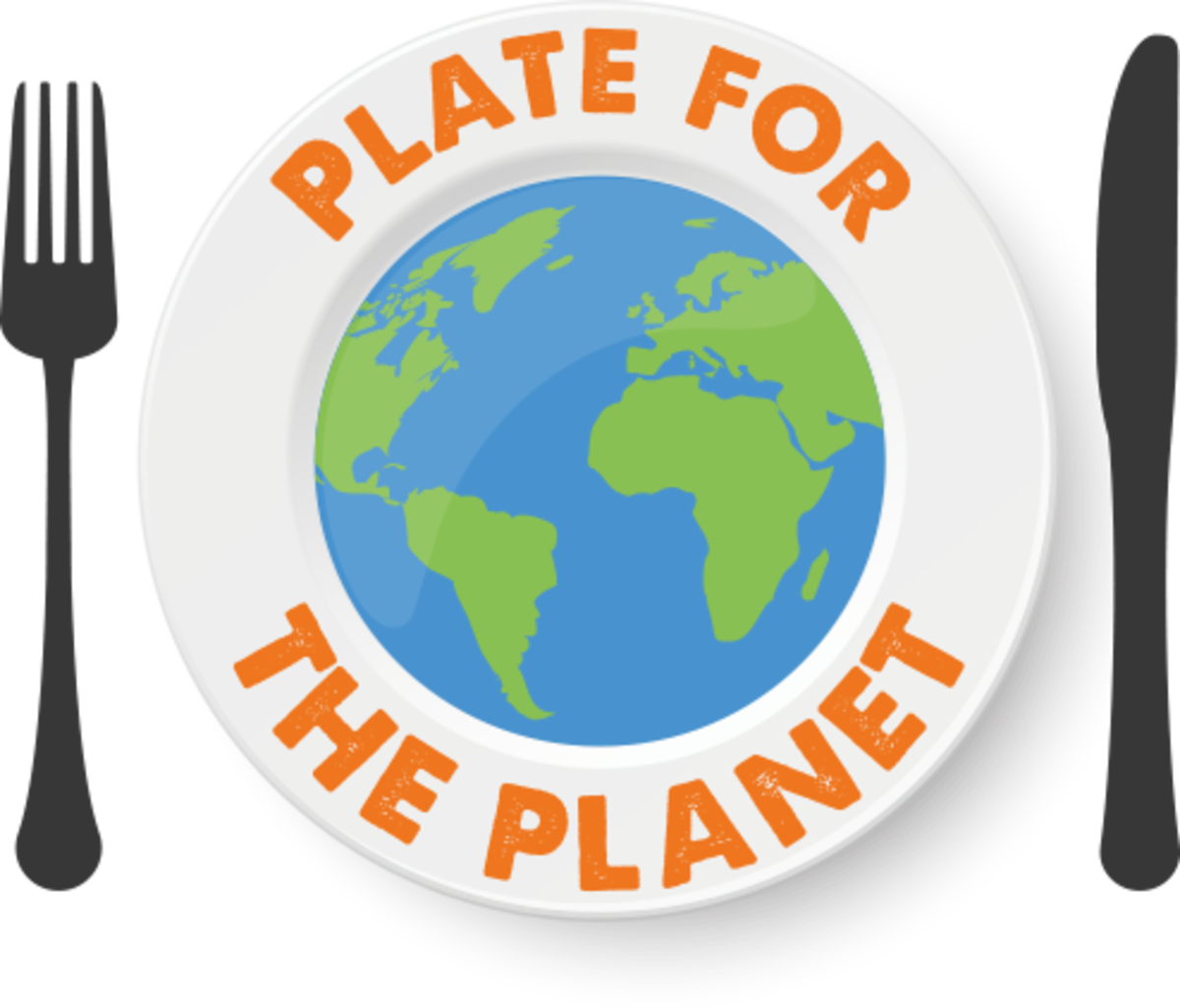Is Wheat Bad for You? A Review of Wheat Belly
There’s a new health movement that has begun sweeping across our land. Thousands of people are finding out for themselves what it means to be healthier, slimmer, and sharper. And they are accomplishing this by eliminating from their diet the one thing that has been holding them back – wheat.
Wheat Belly is the book and William Davis, M.D. is the man. His book on wheat elimination has been so successful that some celebrities and journalists like Bill O’Reilly, Elizabeth Hasselbeck, and Miley Cyrus have gone on record stating that getting wheat out of their diet has meant a huge difference in their health. Kelly Ripa recently interviewed Dr. Davis on her TV program, which will bring greater awareness to the issue.
There have been other books which pre-date Davis’ book – among them, Dangerous Grains, by James Braly, M.D. and Ron Hoggan, and The No-Grain Diet by Joseph Mercola, D.O. Why has Davis’ message been able to penetrate our psyches in a way that previous works have not?
The Market for the Book
To begin with, Wheat Belly is a genius title. I don’t know how many marketing specialists it took to come up with such a descriptive title, but they got it right. Wheat Belly is short and memorable. Wheat Belly is a reminder of the abdominal fat that our increasingly overweight or obese population must carry around each day. It’s that annoying visceral fat that must be belted in each day, if you’re a man, or covered up with a tunic or empire-waisted blouse, if you’re a woman. In short, it’s inconveniently in the way, unsightly, and unhealthy in a way that other body fat is not.
But there is another reason why Wheat Belly has been successful. By focusing on quite possibly the worst carbohydrate that anyone could eat, Davis has called into question many years of supposedly authoritative nutritional advice. By telling people, “If you want to get healthier and stay slender, don’t ever eat wheat”, Davis has made it incrementally easier for consumers to take up his challenge. No grains at all seems daunting for many, but no wheat is do-able. Just for 30 days. Honest. See what happens when you get this toxin (Dr. Davis feels it’s an anti-nutrient) out of your life.
Heritage Wheat -- Not Cultivated Much Now

Dr. Norman Borlaug (4th from right) in a field of his semi-dwarf wheat, in Northern Mexico
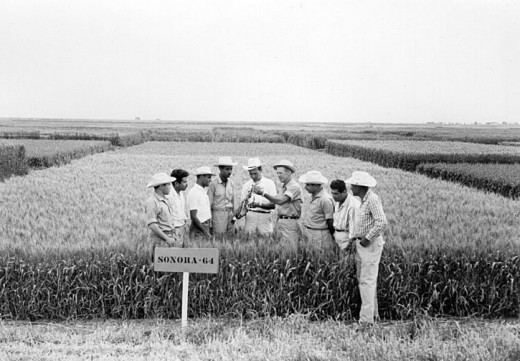
What is So Terrible About Wheat?
This brings up the question of why wheat is so bad for you. How did we get to this point, considering that the U.S.D.A’s food pyramid (now referred to as MyPlate) currently recommends 6 to 11 servings of bread or cereals per day?
In his exposition, Dr. Davis gives us a lengthy history of wheat, including the evolution of some of its earliest relatives. Approximately 10,000 years ago, mankind began to consume cereal grains, starting with the grain einkorn, which still grows wild in some parts of the world, continuing with emmer, which was eaten during biblical times, and then on to the more modern varieties of wheat.
Up until the late 1970’s, most people did reasonably well with the type of wheat that was found in the Standard American Diet (SAD). But a geneticist, Dr. Norman Borlaug , worked to develop a strain of modern wheat that would exponentially increase agricultural yields, thus alleviating hunger world-wide. He and his researchers came up with a strain of semi-dwarf (about 2 feet tall), high-yield wheat. This new hybrid quickly became very successful, and all farmers began growing it and profiting greatly from the increased yields. By 1985, you could not find the older wheat in our nation’s food supply. You still can’t. If you want to find heritage wheat, good luck.
This hybrid of wheat is remarkably different from older varieties, and it has many more chromosomes, in addition to containing unpredictable traits that were not found in either parent strain before crossing. Modern wheat has an increased gluten content (it’s about 80% gluten), possibly implicating it in the increased incidence of celiac disease in the U.S. In addition, all wheat, whether refined or whole grain, contains amylopectin A (increases blood sugar more than table sugar), gliadin (increases appetite, and makes your intestines permeable), and harmful lectins (which wipe out good gut bacteria and create a favorable environment for bad bacteria).
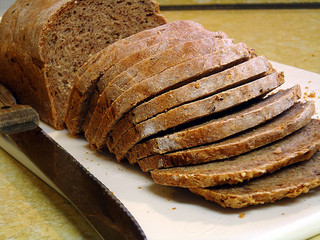
Into the Food Supply
And, as Davis explains it, you have a newer form of wheat that is in just about every processed food. Modern wheat not only makes the most delectable of baked goods, but it also increases appetite and adds flavor to junk foods. Intriguingly, Davis stops just short of saying that the food industry and agribusiness knew about these effects and purposely included more wheat in the food supply to increase profits. He does remark on the tragedy of researchers’ confident push to develop a high-yield wheat hybrid while completely disregarding any possible harm to humans or animals.
If it tastes good and makes the appetite increase, it is no wonder why the ubiquitous wheat contributes directly to our nation’s health problems. The human intolerance to wheat varies. While some unfortunate people with celiac disease cannot tolerate wheat gluten in any amount, many others are bothered to a lesser degree. This is a form of sub-clinical wheat sensitivity. The intolerance may eventually cause unfortunate problems like obesity and subsequent diabetes, or, on the other end of the scale, it may cause people to feel sluggish from day to day.
In his book, Dr. Davis takes great care to distinguish between being gluten-free and being wheat or grain-free. He needs to emphasize this difference in his book because of the hugely profitable gluten-free food industry. Many, if not all, gluten-free breads, soups, health bars, brownies, etc. contain significant amounts of substitute starches, like rice starch, potato starch, and tapioca starch. These foods will stave off some of the worst symptoms, but will continue to promote obesity and type 2 diabetes, due to the blood sugar instability that they cause.
Dr. William Davis' Lecture on Wheat in the Diet
What Wheat-Free Accomplishes
Through many years of promoting a wheat-free diet in his cardiology practice, Dr. Davis has found that the following conditions are the most improved or even cured, after ditching the wheat: GERD (gastroesophageal reflux disease), IBS (irritable bowel syndrome), type 2 diabetes, obesity, ulcerative colitis, asthma, various skin diseases and rashes, and joint pain. Triglycerides and HDL both have much improved scores on lab results after changing the diet. Davis does not in any way limit the health improvements that are to be found, and he is open to more comprehensive anecdotal evidence as time goes by. On his Wheat Belly Facebook page, he follows the reports of many people who have experienced dramatic improvements in their conditions.
In Wheat Belly, except for explaining that some people will experience temporary withdrawal symptoms after eliminating wheat, Dr. Davis does not attempt an examination of the many lifestyle factors which will change once wheat-free (this would take another book to explain). To his credit, though, Davis does include some sample meal plans and a few excellent recipes.
One could look at this book in several ways. Davis definitely argues that eliminating wheat in all forms will lead to better health. If you did nothing else, you would benefit greatly. He does, however, believe that going low-carb (thus eliminating or greatly reducing sugar, high-fructose corn syrup, and many starchy vegetables) is an even better course of action, and may be absolutely necessary for some people to lose the very last of their stubborn body fat. His feelings on other grains (rice, corn, amaranth) are that you could eat some occasionally, depending on your subjective feelings of wellness and your position on the “carb curve.”
Why Should I Read this Book?
Few people are optimally healthy. There is a place for everyone in this book. From the 300-pound woman who has tried everything to lose weight, to the 135-pound woman who has plantar fasciitis and arthritis in her thumb. From the man with severe bowel disease who worries about colon cancer, to the man who looks good, but worries about his beer belly. From the child who has severe allergies and asthma attacks, to the child who has unexplained rashes.
For this reason, I recommend reading the book, even if you are a skeptic. It’s far better written and more engaging than other books of its kind. And I have noticed that if you leave this book lying around, others will pick it up out of curiosity. They will quickly become transfixed.
Oh, and where am I in all of this? About five months into my wheat and mostly grain-free lifestyle. I cannot say enough good things about this way of eating, and I have seen many improvements in my health over time. I wasn’t looking for Wheat Belly. It found me.
- Healthy Gluten Free Recipes | Elana's Pantry
Healthy, simple gluten-free recipes from Elana Amsterdam, author of The Gluten-Free Almond Flour Cookbook and Gluten-Free Cupcakes. - Life As A Plate
- Wheat Belly Blog | Lose the Wheat Lose the Weight



